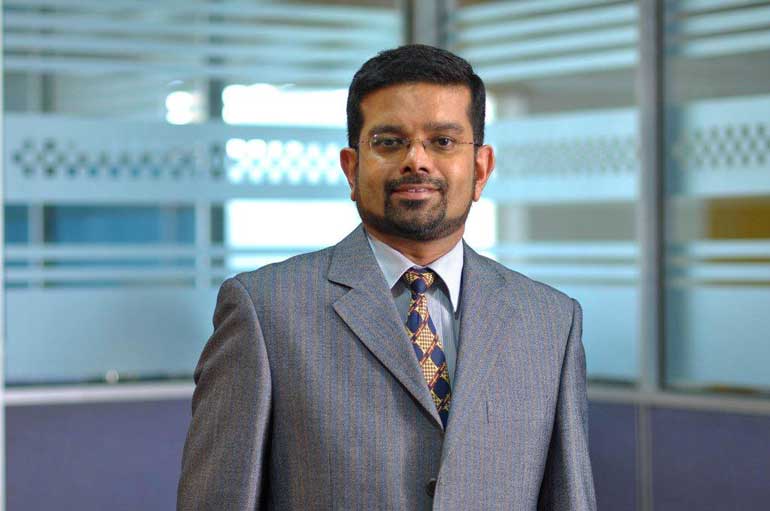Friday Jan 10, 2025
Friday Jan 10, 2025
Thursday, 15 October 2015 00:00 - - {{hitsCtrl.values.hits}}
 General Manager/CEO of LankaClear, Sunimal Weerasooriya
General Manager/CEO of LankaClear, Sunimal Weerasooriya
The Bar Association of Sri Lanka, in collaboration with the Sri Lanka Judges Institute and Clearing Association of Bankers successfully hosted a seminar on the Cheque Imaging and Truncation System (CITS) and New Banking Practices on 3 October at the Balmoral Ballroom of the Kingsbury Hotel, Colombo.
Many distinguished members of the banking industry were present at the seminar including the General Manager/CEO of LankaClear, Sunimal Weerasooriya, who made a detailed presentation under the topic ‘The Evolution of Cheque Clearing in Sri Lanka and Current Issues’.
Following a brief history on cheque clearing in Sri Lanka, Weerasooriya went on to explain the key advantages of CITS in comparison to the previous MICR system.
“The physical movement of the cheque was stopped by truncating the physical cheque at the Presenting Bank and the geographic location of where the cheque was presented was made irrelevant for the cheque realisation time due to online transmission of cheque images and data,” stated Weerasooriya, whilst listing some of the advantages offered by the CITS.
Weerasooriya went on to name several key benefits the cheque imaging and truncation system offers to customers as well as to banks.
“The originally-operated 10 regional centres to provide scanning facilities to banks were discontinued in July 2010 and all banks took over the function of cheque scanning, further improving the efficiency of the process,” said Weerasooriya, whilst explaining the subsequent improvements made to the CITS. “CRN Printing by LankaClear was discontinued in July 2014 and the Presenting Banks took over the function of CRN printing,” he added.
Weerasooriya went on to outline the precise workings of the CITS Main Clearing and Settlement Clearing processes as well as the main reasons for a cheque to be dishonoured by the paying bank.
Non-recognition of the Cheque Return Notification (CRN) as a legal document by the Police to initiate legal action under the Debt Recovery Act or the Penal Code (As per section 33 of the Payment and Settlement Systems Act No. 28 of 2005 the Image Return Document is a legal document which shall be deemed to be the cheque to which it relates) was just one of the many inconveniences listed by Weerasooriya that a customer faces due to a dishonoured cheque.
Weerasooriya also highlighted some of the difficulties and inconveniences faced by LankaClear due to a lack of awareness of CITS procedures and regulations such as LankaClear officials being requested to appear in courts to produce the physical cheque as evidence where the physical cheque is not owned by LankaClear and should be requested from the relevant Presenting Bank.
In conclusion Weerasooriya drew the attention of the audience to some key issues that need to be addressed. These included how to make the cheque a more reliable payment instrument; how to eliminate any inequity or injustice created due to the lag between technology and law; the steps that could be taken to minimise the abuse of the cheque as a payment instrument and unscrupulous elements exploiting the system and looking at alternatives of resolution of disputes effectively outside courts. These issues were well received by the audience and became discussion points at the panel discussion which followed.